Kenyan coffee beans, coffee beans
Professional coffee knowledge exchange more coffee bean information please follow the coffee workshop (Wechat official account cafe_style)
Qianjie Coffee-Kenya Gachasha Cooperative AB Coffee Bean
Producing area: Neri Gachasha Cooperative, Kenya
Processing plant: Gathaithi processing plant
Altitude: 1825m
Variety: SL28&SL34
Treatment: K72 washing
Production season: 2020
Grade: AB (coffee granule size is between 15 and 16 mesh)
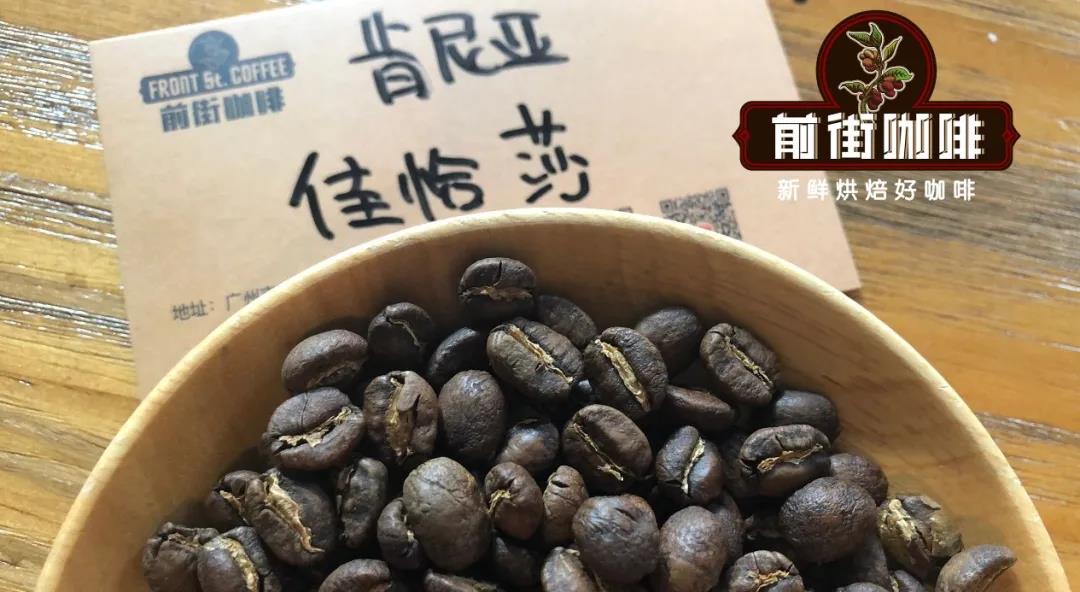
Neri producing area
Nyeri
Neri, close to Mount Kenya's high mountains, is an important Kenyan boutique producing area, with an average elevation of more than 1500 meters. A lot of Kenyan coffee is produced in this area. Neri is high enough above sea level and located east of Aberdare Mountains, and it is also the headland between Mount Kenya and this mountain. due to its high terrain and fertile soil, Neri is an important town in the middle of Kenyan coffee, and coffee-related industrial facilities are also well developed.
Jiachasha Cooperative Society
Gachatha
The Jiachasha Farmers' Cooperative is located in the village of Giakanja in Nyeri and Karundu districts. The cooperative has a factory of the same name and 1080 small farmers. The club has 160 hectares of coffee, most of which are traditional varieties of coffee, Sl28&SL34, and some farmers grow a small number of R11 and Batian beans, the one in front of the street is SL28&SL34.
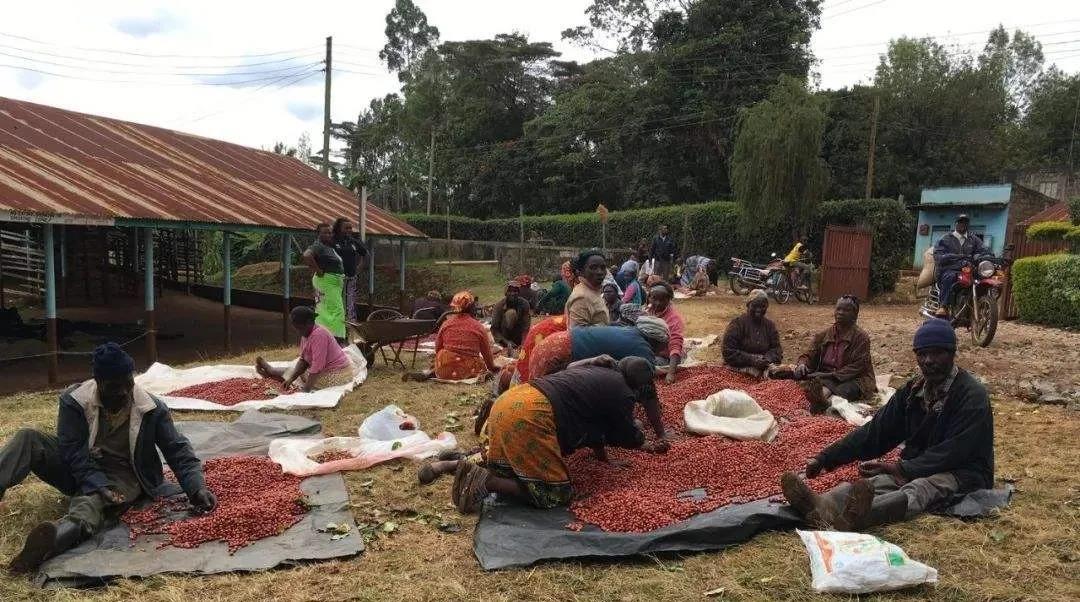
The factory has a full-time factory manager and a committee of nine members. The Gachasha Cooperative trains factory managers and farmers every year, and farmers have priority in paying their children's tuition fees, farm inputs and manual picking.
Catalan processing plant
Gathaithi
Located in the Tetu block of Kenya's most prestigious Neri producing region, the Kathesi treatment plant is covered with mineral-rich and gifted red volcanic soil with annual rainfall of 1100mm and very cool and dry temperatures between 16 and 22 ℃ all year round.
72 hours fermentation water washing treatment
K72
72 hours of fermentation water washing treatment, as the name implies, the whole fermentation process will reach 72 hours. Kenyan water washing is a cyclic repeated treatment after fermentation. On the day of harvest, the best quality coffee berries are selected for peeling and fermentation. The fermentation time is 24 hours, and then washed with clean river water 24 hours later.
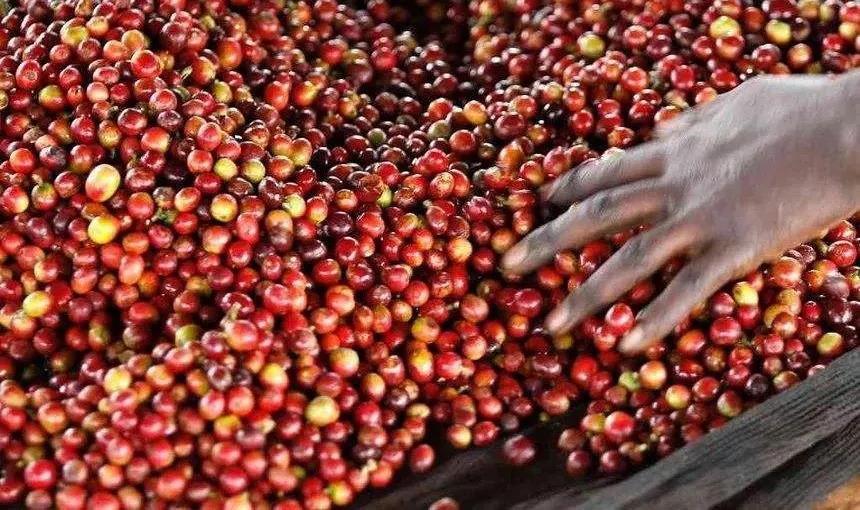
Then, it is fermented again with clean river water for 24 hours, and then washed, so it is repeated 3 times for 72 hours, so it is called Kenyan 72-hour fermentation water washing treatment, referred to as K72.
Coffee bean variety
SL28 & SL34
In 1930, the unique Kenyan varieties SL28 and SL34, which were cultivated and named by Scott Laboratories laboratory, grew in a good native forest environment.
The goal of cultivating SL28 was to mass produce coffee beans with high quality and resistance to diseases and insect pests. Although the yield of SL28 was not as high as expected, the copper leaf color and broad bean-shaped beans have great sweetness, balance and complex flavor, as well as remarkable citrus and plum characteristics.
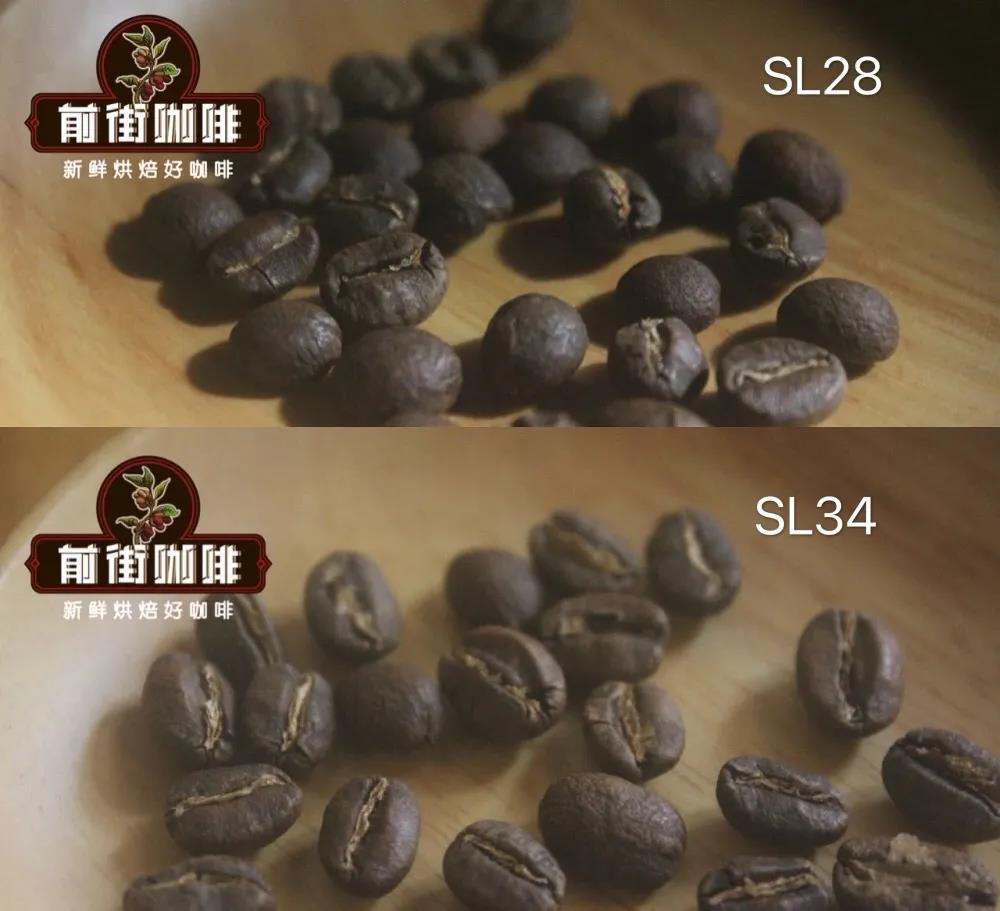
SL34 has French missionaries, bourbon, and more Tibica ancestry. Dou looks similar to SL28, but is more adaptable to sudden heavy rain.
SL34 is similar to SL28 in flavor, with a heavier, fuller and cleaner finish than SL28, except for its complex acidity and great sweetness.
Suggestion on coffee baking in Qianjie
The front street baker uses Yang family 800N semi-direct fire, the amount of beans is 480g: the furnace temperature is 165 degrees Celsius, the throttle is 3, and the firepower is 120. Temperature recovery point: 1temperature: 113C, throttle opening 4. Bake to 600C, temperature 151.4 ", bean surface turns yellow, grass smell disappears completely, dehydration is complete.
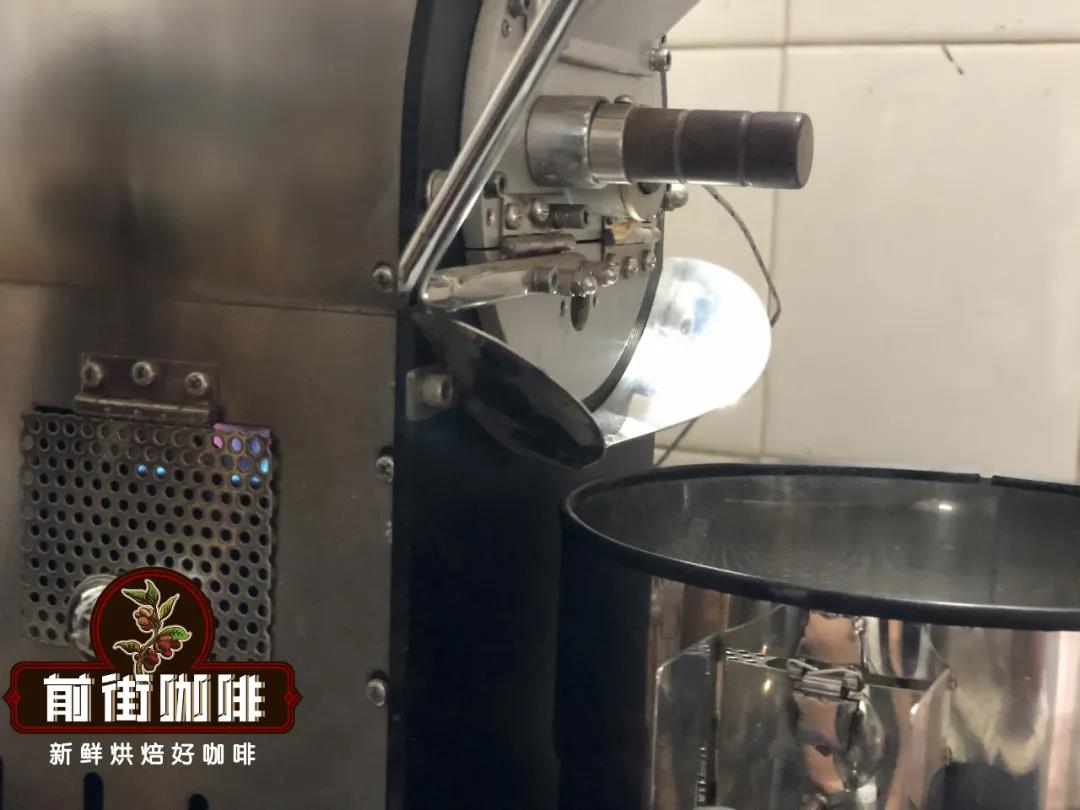
When the bean surface appears ugly Hu wrinkles and black markings, the smell of toast obviously changes to the smell of coffee, which can be defined as a prelude to an explosion. At this time, it is necessary to listen carefully to the sound of the explosion point, starting at 9: 50 ", the throttle door remains the same, and the firepower of 188 degrees is reduced to 90 degrees." the development time of an explosion is 1: 40 ", put into the pot at 191 degrees.
Coffee cup test report on Qianjie
Qianjie Coffee will be tested within 8-24 hours after the sample beans are roasted. The cup commonly used by baristas in front street is a ceramic bowl with a capacity of 200ml. The water temperature used in the cup test is 94 °. The pass rate of 20 # standard screen (0.85 mm) controlled by grinding degree is 70% Mel 75%. Ratio: 11 grams of coffee powder and 200 milliliters of hot water, that is, 1VR 18.18, so that the concentration of the extract is exactly within the range of 1.15% Murray 1.35% gold cup, and the soaking time is 4 minutes.
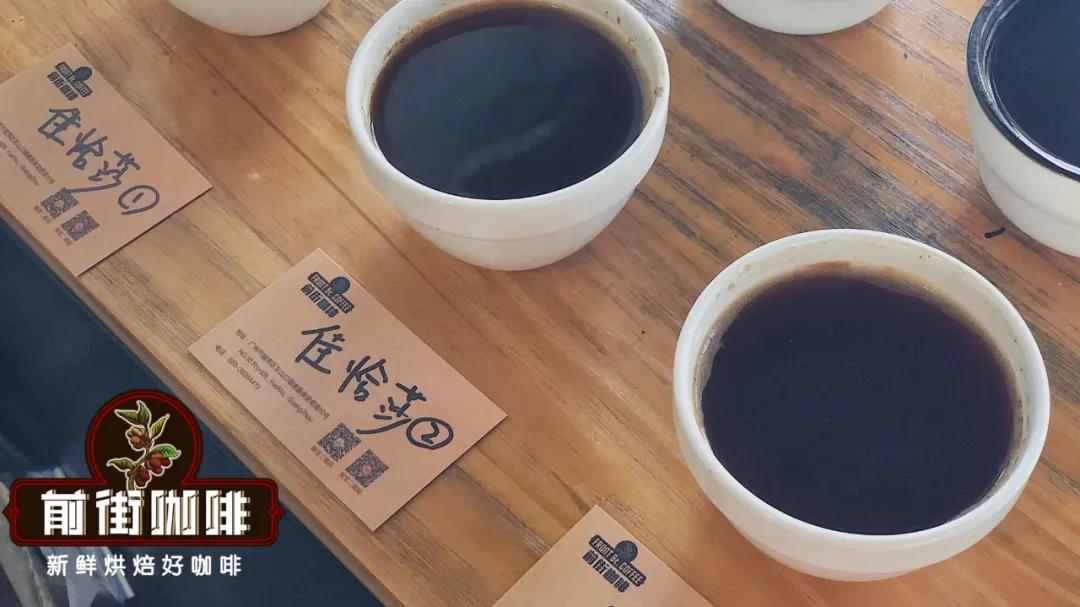
Dried fragrance: citrus
Shixiang: plums
Flavor: citrus, plum, honey, grape, tea
Experience of brewing coffee in Qianjie
Filter cup: V60 # 01
Water temperature: 90 degrees
Powder content: 15g
Ratio of powder to water: 1:16
Degree of grinding: medium fine grinding / BG#6S (sieve powder in No. 20 sieve bowl to 77%)
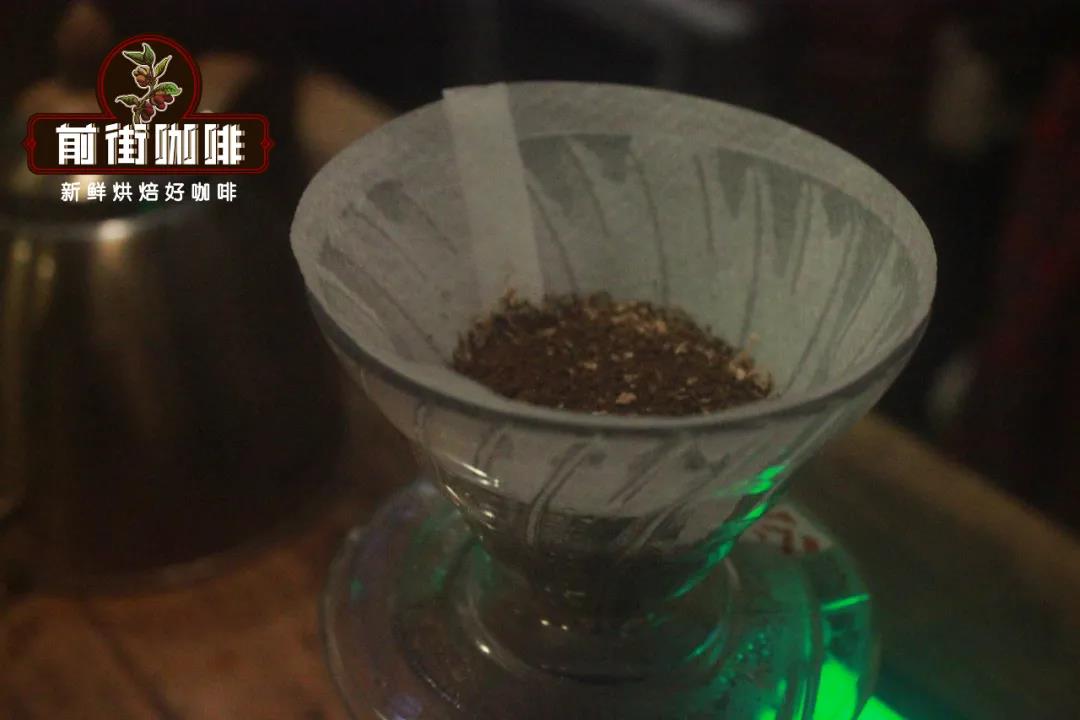
The front street cooking technique: first wet the filter paper and preheat the filter cup and the coffee pot. Steam with 30 grams of water for 30 seconds, small flow circle injection to 130 grams, continue to inject water to 240 grams when the water level is about to be exposed, remove the filter cup when the water level is about to expose the powder bed, (the time of steaming starts) the extraction time is 20.02 ".
Cooking flavor: the acidity of imported citrus, plums and grapes in the middle, and honey green tea in the end.
For more boutique coffee beans, please add private Qianjie coffee on Wechat. WeChat account: kaixinguoguo0925
Important Notice :
前街咖啡 FrontStreet Coffee has moved to new addredd:
FrontStreet Coffee Address: 315,Donghua East Road,GuangZhou
Tel:020 38364473
- Prev
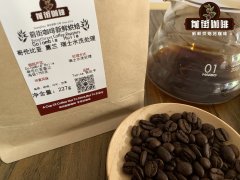
How does coffee packaging maintain the flavor of coffee beans? why does the aroma of coffee beans dissipate?
The roasting of coffee takes time, effort and a lot of trial and error to release the flavor of coffee. However, after the baking is completed, it is also necessary to ensure that consumers can feel the flavor of the coffee while drinking it. This is where packaging works. By using the correct packaging material, the aroma of coffee can be preserved long enough for consumers to experience the release of roasting.
- Next
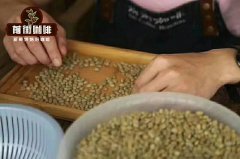
How about the quality and flavor of Chilean fine coffee? How much does Chilean coffee cost?
In Chile, problems such as affordability, accessibility and lack of awareness have historically meant relatively low levels of specialty coffee consumption. However, in recent years, things have begun to change. Today, specialty coffee shops and roasters are breaking out in a country that historically consumed mostly instant coffee and tea. To understand why this is happening, the Chilean industry
Related
- Beginners will see the "Coffee pull flower" guide!
- What is the difference between ice blog purified milk and ordinary milk coffee?
- Why is the Philippines the largest producer of crops in Liberia?
- For coffee extraction, should the fine powder be retained?
- How does extracted espresso fill pressed powder? How much strength does it take to press the powder?
- How to make jasmine cold extract coffee? Is the jasmine + latte good?
- Will this little toy really make the coffee taste better? How does Lily Drip affect coffee extraction?
- Will the action of slapping the filter cup also affect coffee extraction?
- What's the difference between powder-to-water ratio and powder-to-liquid ratio?
- What is the Ethiopian local species? What does it have to do with Heirloom native species?

